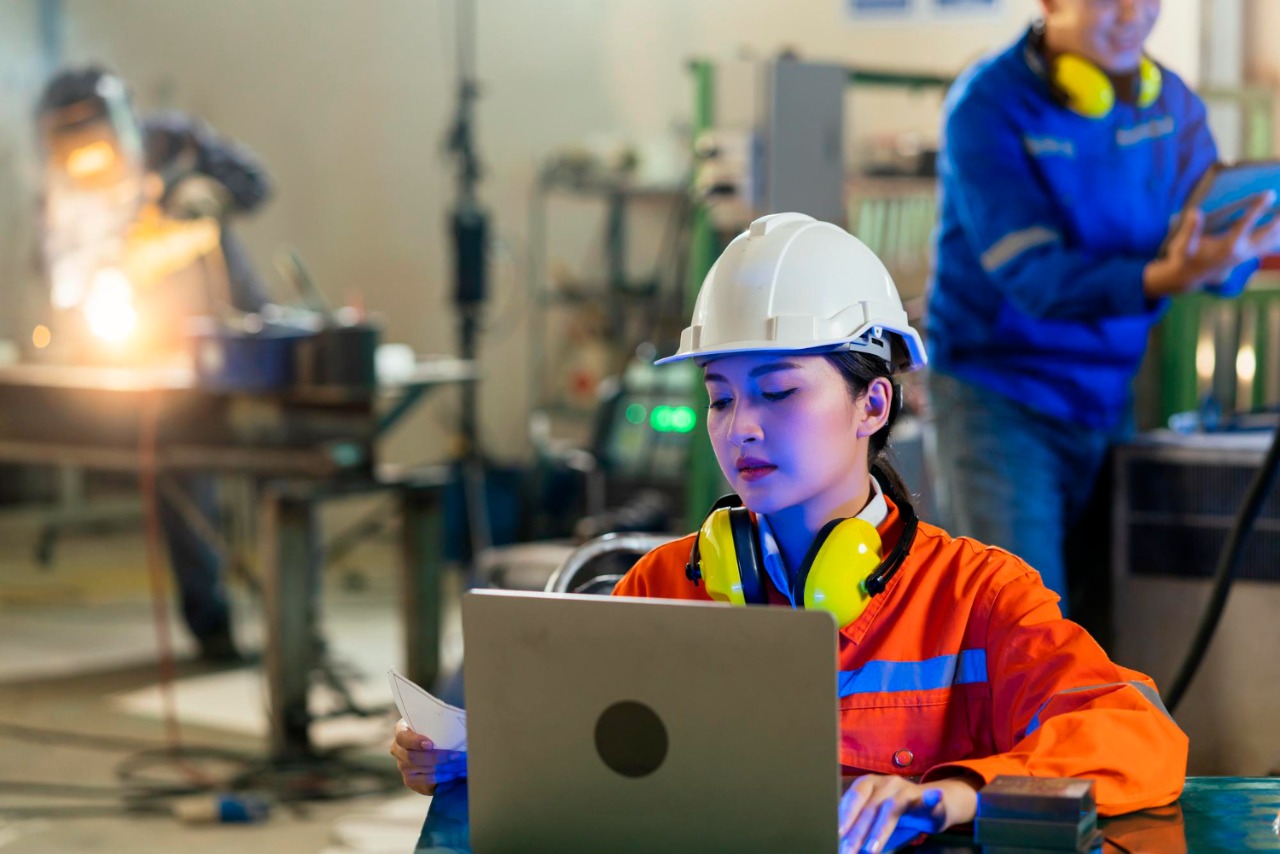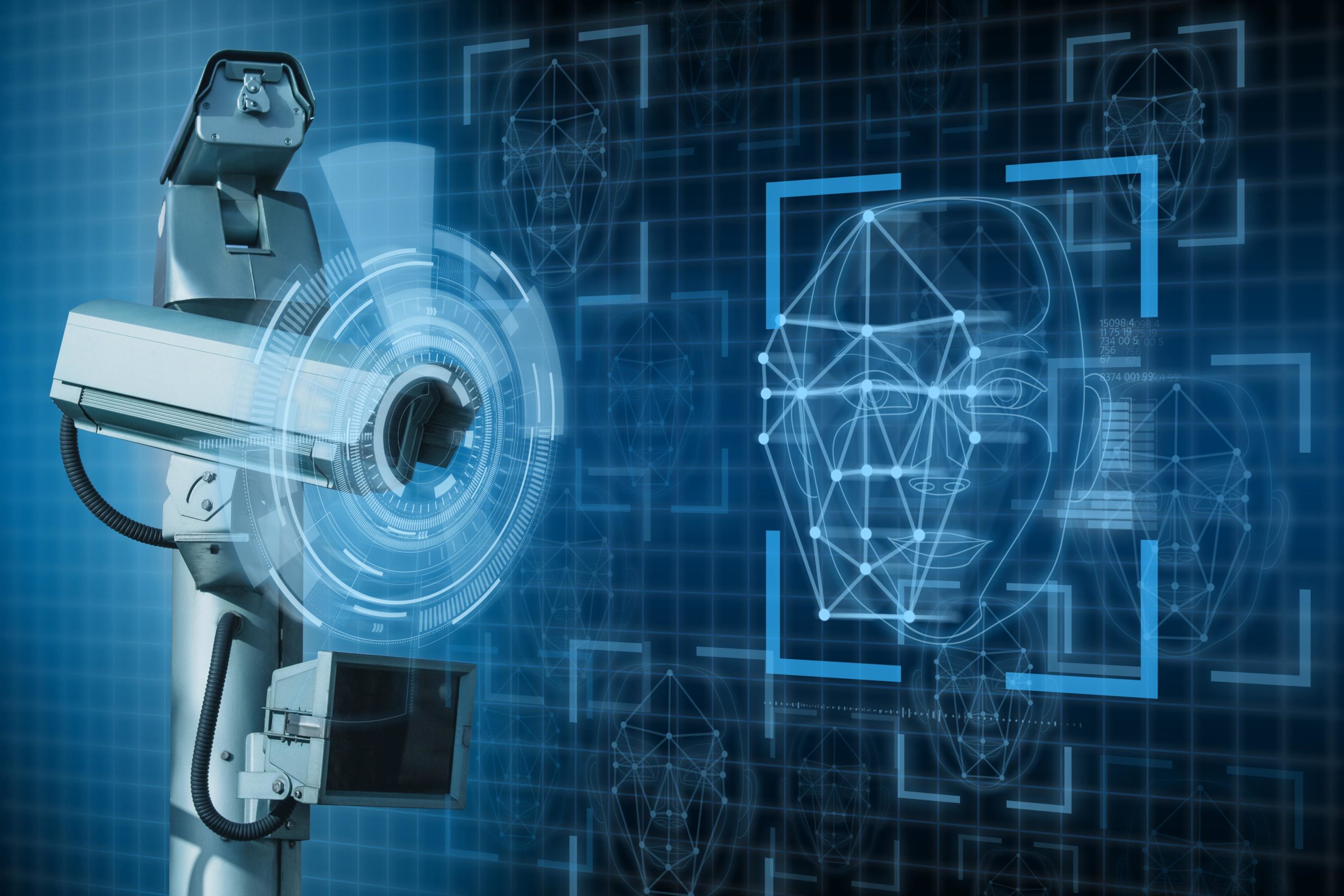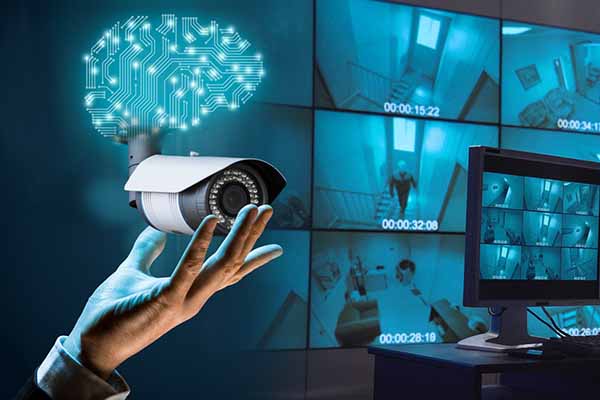Where Artificial intelligence has been crowning its name in different fields like cybersecurity, medical, business, IoT, Non-Fungible Tokens, it has been rendering automation in construction sector also. By monitoring 24/7 video feeds in real-time and acquiring new predictive insights and contextual intelligence about threats, AI and machine learning are lowering the number of construction site accidents, thefts, damage, and risky operating conditions. The reports clearly supports the fact that people are really enjoying the duo of AI and VSaaS integration in manufacturing, construction and whatever sector.
It was pandemic that created an urge among the organization to monitor their operations via VSaaS. Organizations all around the world adopted video surveillance systems last year to improve their return-to-work procedures, regulate social distance, and monitor occupancy levels in internal and exterior settings. Whether it was using motion sensing technology to turn on lighting in mostly empty office buildings or automatically close doors. Or making sure everyone was keeping a safe distance and wearing masks. Or keep a close watch on the streets and other public areas during set curfew times it was VSaaS aided with artificial learning that enabled organization to continue work.
This article is about VSaaS and AI and how this duo has been marking benchmarks in construction site. Let’s get started. For the newbies, we will be entailing a brief overview of VSaaS and its application in construction sector.
What Is VSaaS?
The cloud-based service known as “Video Surveillance as a Service” (VSaaS) enables customers to remotely manage, record, play, and watch CCTV footage. In other words, customers do not need to save files on an NVR or PC hard disc, nor is CCTV video recorded on-site. Access to data stored in the cloud is quick and secure from any location.
Thanks to Bosch’s VSaaS, cameras are the only piece of hardware required on-site, which is advantageous for many enterprises, especially those operating in remote and unmanned places like energy and construction sites. Bosch manages the video surveillance service and video storage in the cloud, saving capital costs by using less infrastructure on site. Additionally, it reduces costly site visits and eliminates maintenance for server and storage equipment.
With VSaaS, users may access video surveillance footage directly in the cloud from anywhere and manage, record, replay, and monitor it. When presented with occurrences, it enables site managers, security operators, or operations staff to act quickly, especially from remote locations, thereby averting incidents.
How VSaaS Works?
With third party camera partners, VSaaS by Bosch provides video analytics at the edge. In order to enable them autonomously detect pre-defined circumstances and activate the cloud-based alarm management service, all Bosch IP cameras contain built-in video analytics, a type of AI. The cloud service will notify users if necessary so they may take the proper action. Bosch cameras are made to distinguish between actual security events and false triggers like snow, wind (moving trees), rain, hail, and water reflections, which complicate the interpretation of video data, in order to reduce false alarms.
VSaaS And AI
The first step to clearly describe what artificial intelligence and video surveillance as a service are, it is very much important to learn them individually. The former is a term used to describe technology that enables computers to carry out complicated tasks that have historically required human intelligence. This technology is particularly helpful for automation and data analysis.
On the other hand, VSaaS refers to cloud-based security services provided by outside service providers. Users can remotely access the information their surveillance system has collected by using a cloud-based video management system. Additionally, data is kept off-site on the cloud, which increases accessibility while storing more footage.
The remote monitoring systems that are used today and in the future to safeguard construction sites will rely on supervised machine learning algorithms to find novel trends in previous data. In order to collect real-time data streams, machine learning-based remote monitoring systems use IoT sensors in conjunction with thermal, infrared, and night vision cameras.
Providers of AI-based remote monitoring systems are driving this field’s innovation at a rapid pace, which is also seen in the dashboards they create with ease of use and the platform strategy they use to scale these systems internationally. Machine learning-based remote monitoring systems offer predicative insights on when probable accidents, thefts, or dangerous operating conditions could occur by fusing past video feeds and photos with real-time data streams. Today’s and tomorrow’s remote monitoring systems for building sites will use supervised machine learning algorithms to discover new patterns in historical data. Machine learning-based remote monitoring systems combine IoT sensors along with thermal, infrared, and night vision cameras to gather real-time data streams.
Ways AI Is Helping VSaaS In Construction Sector : Doorway to Cloud Monitor
There are several ways where machine learning is helping improvise monitoring and surveillance via cloud management. Let’s enlist few implementation of AI and VSaaS duo in construction sector:
Reduced Dependency on On-site Surveillance
AI capabilities can be helpful for both urban and rural regions, allowing security personnel to watch multiple sites simultaneously and formulate an immediate response, even if they are hundreds of kilometers away at the time. This, according to all professionals in construction safety and security, is the most advantageous feature of a cloud-based remote monitoring system that can receive data from IoT, digital, thermal, and infrared cameras. Teams on the ground are still crucial, but real-time, continuous monitoring that provides a data stream for model training is priceless.
All software updates, configuration changes, and related tasks are managed remotely once cameras have been installed. For greater flexibility and operational efficiency, users may access and control their live views and recordings anytime, anywhere from any smartphone, tablet, or computer.
A Remote Check on Protocols Implementation and Violation
Construction safety and security directors may determine if employees in high-risk positions and work zones are wearing PPE or not using sophisticated pattern matching assisted by supervised machine learning algorithms. Construction sites are still in operation during COVID-19, and in many cases, everyone working there needs to be wearing a face shield and a mask in order to comply with CDC regulations. Remote monitoring tools can identify which work teams require coaching to maintain compliance right away. Via AI administered video surveillance systems, management can keep a close check on the labor class which are responsible for ideal hours and wastage.
Secure Replacement of Manual Checkups
Manual checkups come with more risk and manipulation. Construction Organization which are still monitored via traditional security system are lacking a profound system to keep a check on the entire operational performance because of human or resource limitation. As humans lack on exposure how possibly they could monitor the entire organization. It is nearly impossible, right?
But AI with VSaaS has covered all the limitation together. Construction safety and security directors may determine if employees in high-risk positions and work zones are wearing PPE or not using sophisticated pattern matching assisted by supervised machine learning algorithms. Construction sites are still in operation during COVID-19, and in many cases, everyone working there needs to be wearing a face shield and a mask in order to comply with CDC regulations. Remote monitoring tools can identify which work teams require coaching to maintain compliance right away. Via AI administered video surveillance systems, management can keep a close check on the labor class which are responsible for ideal hours and wastage.
Improved Predictive Accuracy by Machine Learning-based Remote Monitoring Systems
AI-assisted VSaaS have built-in video analytics that actively support contextual cues and smart tags, improving risk prediction and upkeep needs. Spending on R&D is being driven by efforts to extract more contextual knowledge from each video frame in the remote monitoring sector. Next year, sophisticated pattern matching and remote monitoring system prediction accuracy will likely be defined by patents.
Helps Assign Risk Scores To Each Construction project
Considering data related to theft, predictive models can be created using machine learning to help forecast when another attempt will be made. According to leaders in safety and security, this is why having video footage from the start of every project is so valuable because it can be used to train machine learning models and anticipate future theft attempts.
It means it works as a control system that enables the organization predict future risks prior to its occurrence. This not only helps organization to prepare themselves but also enables the mitigation of risks to occur but reducing the factors which might be the cause. Beyond this, dangerous actions during the actual construction process can be identified using video analytics. This might expose potentially costly long-term behaviors or errors, but it can also assist prevent situations where the actual caliber of the construction job might put individuals in danger.
Finding Out Where, When, And How Construction Supply Theft Occurs
Every year, between 10 and 25 percent of the supplies for significant building projects are stolen and sold again. Safety and security leaders are turning to remote monitoring to address this issue since stopping theft can make the difference between a construction project coming in under budget or not.
Help Compliance to OSHA
Machine-based video surveillance services enables the creation of a real-time audit record for government auditors while ensuring that construction sites remain compliant with OSHA and associated government compliance regulations. According to specialists in safety and security, it can take weeks or even months of advance preparation to get ready for an OSHA audit. Government organizations can save hundreds of hours a year on audit preparation thanks to real-time monitoring systems’ ability to deliver results on demand.
Future of AI and VSaaS in Construction Sector
The video surveillance market is currently at a critical turning point as video systems become more strategically important for enabling the business to increase productivity, maintain compliance, and meet its responsibility to protect employees and consumers.
Between 2017 and 2025, the market for VSaaS and global video surveillance is projected to increase at a (compound) annual growth rate of 16.6%. By the end of 2025, the market’s valuation will be US$101.70 billion if it continues in this direction. Throughout this forecast period, the transportation and retail end user segments will hold the majority of the market shares.


